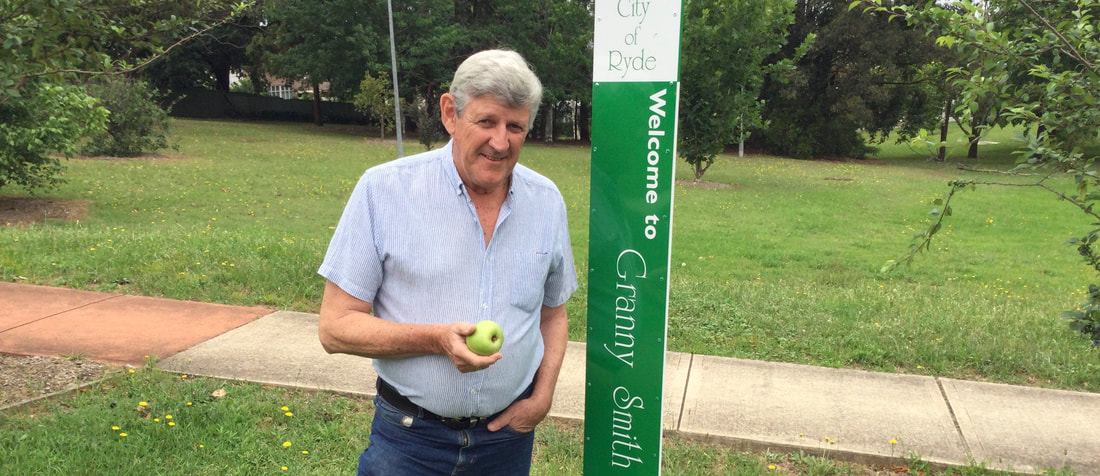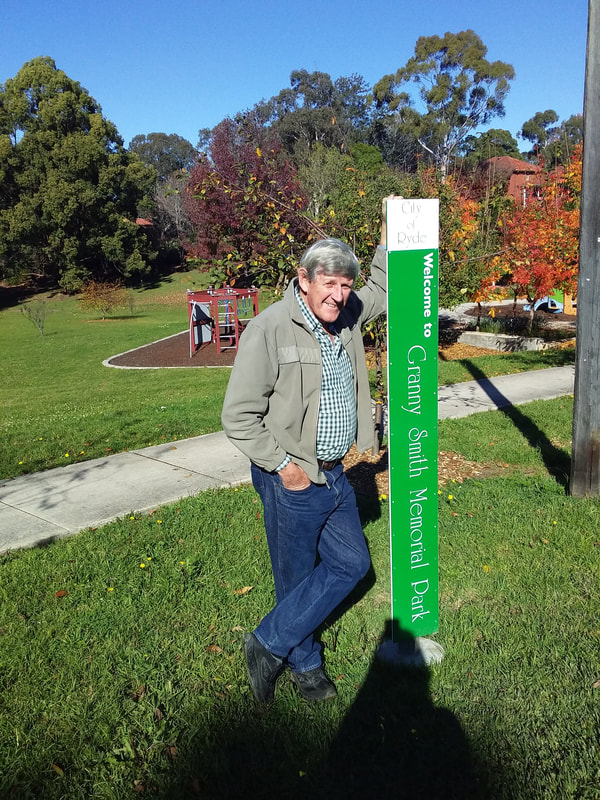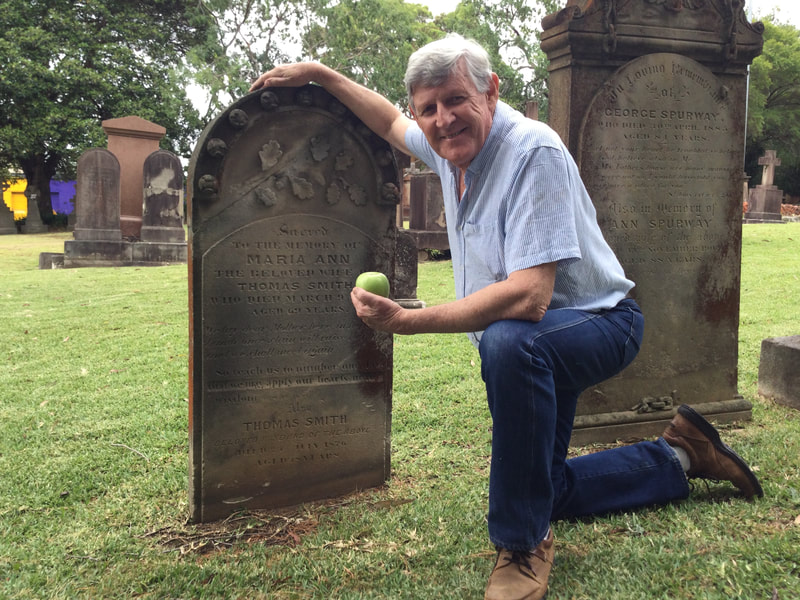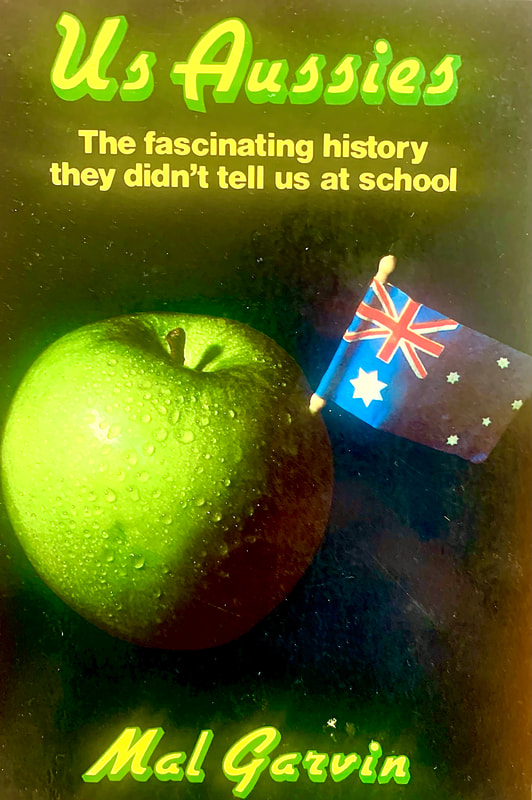|
It’s March 1870 and summer in Sydney is turning to autumn. In a churchyard high on a ridge at Ryde overlooking the Parramatta River, family and friends have gathered to lay to rest Maria Ann Smith, aged 69. The ancient words the family chose to have carved into her headstone tell the heart-story of this simple woman pioneer. ‘So teach us to number our days that we may apply our hearts to wisdom.’ Maria, with her husband Thomas and five children, had arrived in the rough and ready colony of New South Wales with fifty other emigrant families packed aboard The Lady Nugent in 1838. Depressed wages in the fruit growing area of Sussex had led hungry agricultural labourers to riot in 1830 and the Smith’s hometown of Beckley was in the eye of the storm. The workhouses were so filled with paupers that the local parish decided the solution was to recruit 200 agricultural workers to emigrate to NSW. The Smith family had fallen on hard times and they seized on the offer to escape England by making the arduous 16,000 km sea journey to Sydney Town, in hopes of a fresh start. READ MORE and WATCH… Settling on a block on the edge of the fledgling city at Eastwood, Maria became the true pioneer. She bore 16 children in all, most of whom died at birth. Her husband’s extended illness, and weakness for alcohol, saw the courageous mother lead the family in carving a farm out of thick bushland and creating a productive orchard. The determined Maria sold produce to support her family and at the same time put her extraordinary experience of childbirth to work serving the families of the district as midwife! “She was present at the birth of so many young Australians in that region, she developed a special place in their affections, hence her name ‘Granny Smith.’” (Mal Garvin. Us Aussies p. 154.) Maria returned from one of her regular 15-mile journeys to Paddy’s Markets one day with a barrel of crab apples from Tasmania, and threw some rotten ones on the compost heap near the creek. Soon a new tree shot up and Maria’s orchardist’s eye noticed something different. She nurtured and propagated a bright green apple which, over the next century, was exported in millions to every continent on earth. It carried her name - ‘Granny Smith’ and it’s been described as ‘the world’s most valuable apple.’ Eighty thousand people swarm modern day Eastwood annually to celebrate the humble midwife who gave birth to an apple. The Beatles even made it the logo of their iconic recording company. I feel some personal connection to this story. My Dad built our family home in Orchard St. Epping, only a few miles from the site of Maria’s farm. My son lives near the area where her fruit trees grew and our grandkids sometimes play in the Granny Smith Park. When I was a teenager, Mal Garvin impacted our youth group when he told the story of this home-grown apple, using Maria’s blunt words to urge us not to sell our unique Australian heritage short. It was noted early that the native born were labelled ‘Currency lads and lasses’ meaning they were an illegal, inferior or subordinate breed. Maria saw it a different way. ‘Isn’t that just like God’, she said. ‘The very stuff we throw away, He uses to bring a new thing.’ My guess is that Maria felt keenly that she and her family were rejects who had flourished in a very unlikely way after being transplanted half a world away from home. But I’m sure it was more than a random regrowth that enabled her to live a fruitful life – what others may have seen as the rubbish heap, she saw as a place of opportunity to invest in vital things and filled her days ‘applying her heart to wisdom’. I think that’s why her headstone in St Anne’s churchyard is crowned by a leafy branch and an arch of fruit. It said to me that the family had witnessed a life nourished by roots driven deep into the Christian faith. This was endorsed by the poem they chose that expressed their conviction that Jesus had raised Maria to life in eternity. ‘We lay dear mother here, In hope the Lamb once slain, Will raise her up And we shall meet again.’ There’s a sobering 21st century twist to the birth story of the Granny Smith apple. Right now, many Australians are tossing the kind of spiritual wisdom that Maria had acquired onto the rubbish heap. For all sorts of reasons, new generations are walking away from Christian faith. I’m asking, are there sharp-eyed ‘Marias’ who will see the potential of something new springing to life out of the reject pile? Will there be Aussies with the skills to nurture and propagate a fresh kind of faith to export to the world? Or will the green shoot shrivel away untended? Time will tell.
3 Comments
Aidan vol
1/4/2022 09:28:39 pm
I’ll keep an eye out next time I’m driving through Ryde.
Reply
1/4/2022 10:30:19 pm
Thank you so much, Paul. Your excellent articles are valuable to me. They inform me about so many aspects of Australian life of which I’ve been unaware. In fact, your writing makes me homesick! God bless you!
Reply
Julian
1/4/2022 10:53:56 pm
I feel like you are tending and fertilizing these memories of great people that the world would have forgotten. You've planted a fair few seeds yourself.
Reply
Leave a Reply. |
AuthorJoin The Outback Historian, Paul Roe, on an unforgettable journey into Australia's Past as he follows the footprints of the Master Storyteller and uncovers unknown treasures of the nation. Archives
October 2023
Categories
All
|
|
Sponsored by
|
Privacy Policy
|
|
Copyright 2020 by The Outback Historian
|
Site powered by ABRACADABRA Learning
|





 RSS Feed
RSS Feed

